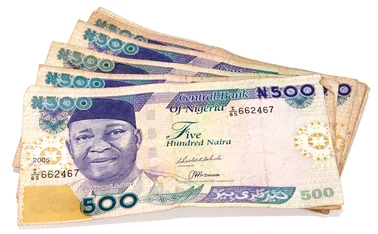
Serbian central bank report indicates slow progress on reversing ‘euroisation’
Most loans and deposits are still denominated in foreign currency, report shows

Serbia's central bank has published its latest quarterly report on "dinarisation", the process of reversing the use of the euro, rather than the official domestic currency, the dinar.
Citizens in the Balkan republic effectively stopped using the dinar in the late 1990s in the face of hyperinflation caused by political instability and war. They initially used the German Deutschmark, replacing it with the euro after the advent of the single European currency in a phenomenon dubbed "euroisation".
Only users who have a paid subscription or are part of a corporate subscription are able to print or copy content.
To access these options, along with all other subscription benefits, please contact info@centralbanking.com or view our subscription options here: subscriptions.centralbanking.com/subscribe
You are currently unable to print this content. Please contact info@centralbanking.com to find out more.
You are currently unable to copy this content. Please contact info@centralbanking.com to find out more.
Copyright Infopro Digital Limited. All rights reserved.
As outlined in our terms and conditions, https://www.infopro-digital.com/terms-and-conditions/subscriptions/ (point 2.4), printing is limited to a single copy.
If you would like to purchase additional rights please email info@centralbanking.com test test test
Copyright Infopro Digital Limited. All rights reserved.
You may share this content using our article tools. As outlined in our terms and conditions, https://www.infopro-digital.com/terms-and-conditions/subscriptions/ (clause 2.4), an Authorised User may only make one copy of the materials for their own personal use. You must also comply with the restrictions in clause 2.5.
If you would like to purchase additional rights please email info@centralbanking.com test test test







